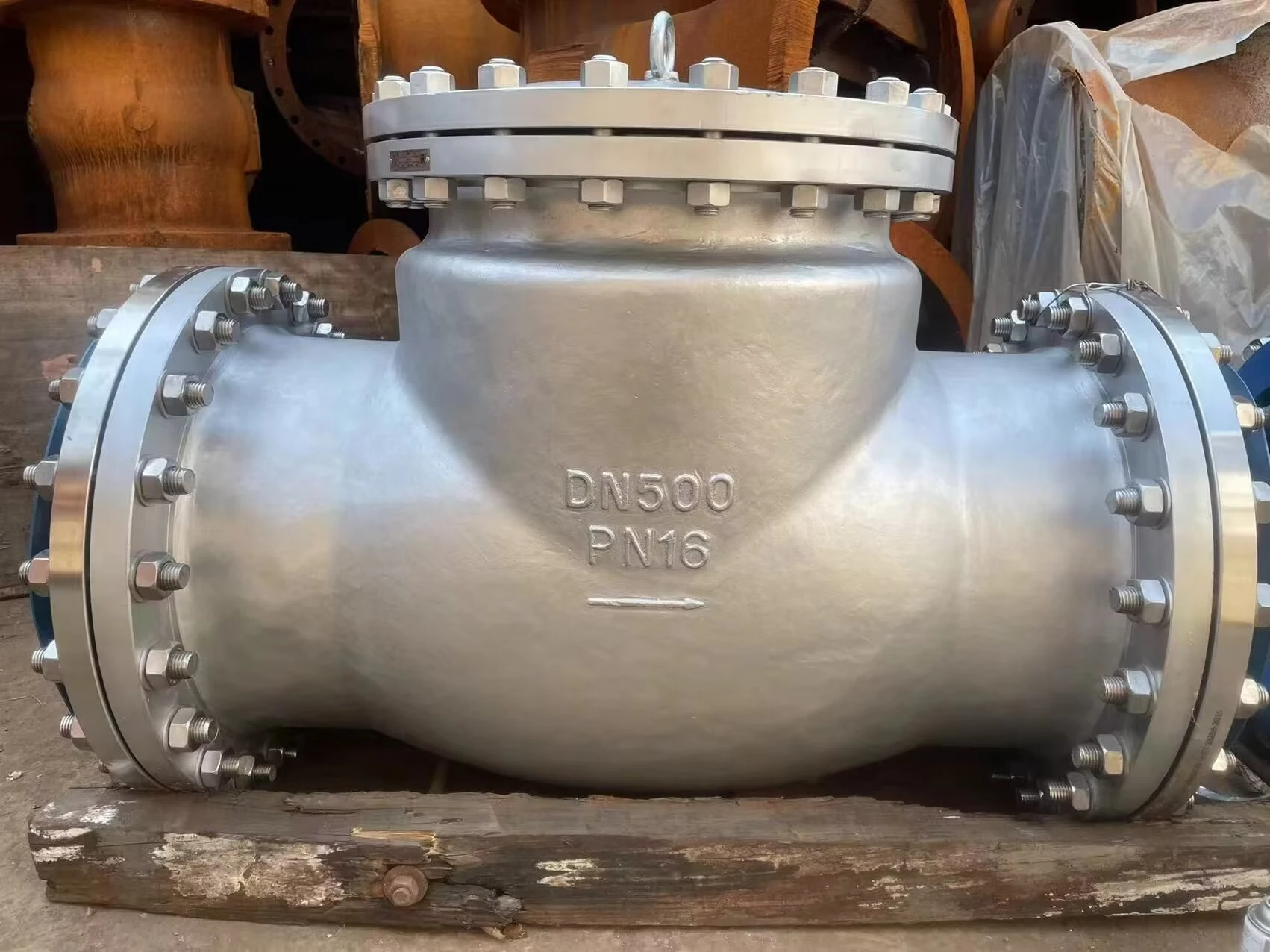Jan . 09, 2025 11:44
Back to list
check valve
In the complex world of fluid dynamics, the role of a check valve cannot be overstated. Check valves, sometimes referred to as one-way valves, are pivotal devices in various industries, notably plumbing, oil and gas, and manufacturing. A check valve is engineered to permit the flow of fluids in a singular direction while preventing any backward flow, safeguarding against potential system failures.
Expertise in selecting the appropriate check valve involves considering factors such as the fluid type, operating temperature, pressure conditions, and required flow performance. Professional consultation with manufacturers ensures the selection of the optimum valve tailored to specific industrial needs, thereby enhancing system efficiency and reducing operational downtimes. An often overlooked yet critical aspect of maintaining check valve systems is regular inspection and maintenance. Over time, wear and tear, debris accumulation, or improper installation can impair the valve's functioning. Scheduled maintenance, which includes cleaning and replacing worn components, is crucial for the valve's long-term operation. Employing innovative technologies like predictive maintenance can preemptively identify issues, thereby eliminating sudden failures and extending the lifespan of the system. The environmental aspect of check valves cannot be ignored. Modern advancements have led to the development of check valves with improved sealing technologies that minimize leaks, thus conserving fluids and reducing environmental impact. This design consideration aligns with global initiatives towards sustainable and eco-friendly industrial processes. In conclusion, check valves serve as guardians of seamless fluid dynamics across various industrial applications. Their ability to enhance safety, improve operational efficiency, and adapt to diverse operational demands underscores their indispensable role in modern infrastructure. By opting for high-quality materials, engaging in regular maintenance practices, and embracing innovative technologies, industries can maximize the potential of check valves, ensuring reliable and sustainable operations.


Expertise in selecting the appropriate check valve involves considering factors such as the fluid type, operating temperature, pressure conditions, and required flow performance. Professional consultation with manufacturers ensures the selection of the optimum valve tailored to specific industrial needs, thereby enhancing system efficiency and reducing operational downtimes. An often overlooked yet critical aspect of maintaining check valve systems is regular inspection and maintenance. Over time, wear and tear, debris accumulation, or improper installation can impair the valve's functioning. Scheduled maintenance, which includes cleaning and replacing worn components, is crucial for the valve's long-term operation. Employing innovative technologies like predictive maintenance can preemptively identify issues, thereby eliminating sudden failures and extending the lifespan of the system. The environmental aspect of check valves cannot be ignored. Modern advancements have led to the development of check valves with improved sealing technologies that minimize leaks, thus conserving fluids and reducing environmental impact. This design consideration aligns with global initiatives towards sustainable and eco-friendly industrial processes. In conclusion, check valves serve as guardians of seamless fluid dynamics across various industrial applications. Their ability to enhance safety, improve operational efficiency, and adapt to diverse operational demands underscores their indispensable role in modern infrastructure. By opting for high-quality materials, engaging in regular maintenance practices, and embracing innovative technologies, industries can maximize the potential of check valves, ensuring reliable and sustainable operations.
Next:
Latest news
-
Breakthrough in Domestic Low Temperature Valve Technology in ChinaNewsAug.18,2025
-
From Machinery to Intelligent Brain: The Digital Transformation Wave of the Valve IndustryNewsAug.18,2025
-
PCVEXPO 2025NewsAug.18,2025
-
The Key to Fluid Control: Exploring the Advantages of Ball Valves in Industrial SystemsNewsJul.09,2025
-
The Versatile World of 1, 2, and 3 Piece Ball ValvesNewsJul.09,2025
-
Stainless Steel Ball Valves: The Ideal Choice for Efficient Flow ControlNewsJul.09,2025
-
Optimizing Fluid Control with Ball Float ValvesNewsJul.09,2025




